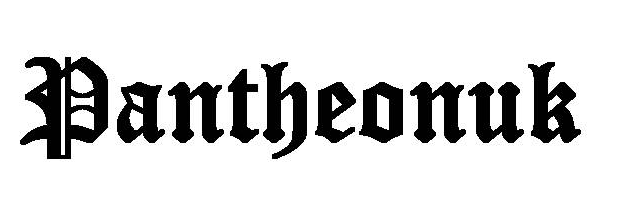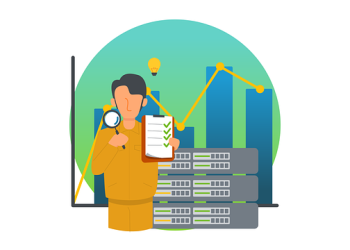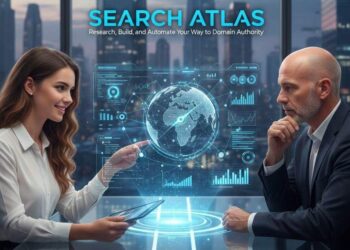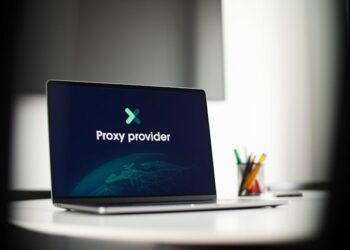How is technology changing laboratory standards? In an era of rapid advancements, laboratories are evolving to meet modern demands. ISO 17025 plays a crucial role in ensuring reliable testing and calibration, but emerging technologies like automation and AI are reshaping their implementation. ISO 17025 Courses help professionals stay ahead of these changes and understand the latest developments.
But What is ISO 17025? The worldwide standard that ensures the results of testing and calibration labs are accurate. This standard is evolving with automation and AI entering laboratories. These advancements improve efficiency, accuracy, and compliance. But how do they impact the future of ISO 17025? Let’s explore.
The Future of ISO 17025 with AI and Automation
Let’s explore how AI and automation are shaping the future of laboratory standards and compliance:
AI in Quality Control
Laboratory testing necessitates accuracy. AI-driven systems mitigate human mistakes by ensuring uniformity in measurements and outcomes. AI can identify discrepancies in data, alerting users to any complications. This minimises manual labour while enhancing precision.
Automation tools are capable of managing repeated chores. Sample preparation, data input, and result confirmation may now be performed with little human involvement. This streamlines procedures and ensures adherence to ISO 17025 standards.
Additionally, AI can assist in identifying anomalies in test results more efficiently than traditional methods. Utilising complex algorithms may identify unforeseen variations that otherwise remain undetected, hence enhancing dependability in laboratory testing.
Automation in Testing and Calibration
Automation is transforming laboratory testing procedures. Robots are increasingly capable of executing complex testing protocols with little oversight. These automated systems provide uniformity in test procedures, hence minimising mistakes.
Automated equipment guarantees accuracy in calibration, minimising deviations resulting from human handling. Multiple laboratories using automation discovered that it facilitates the maintenance of ISO 17025 certification since automated operations reduce deviations and enhance documentation. Moreover, automatic calibration minimises downtime, enabling labs to manage an increased testing volume with enhanced consistency.
AI-Powered Data Analysis
Data is fundamental to laboratory operations. AI-powered analytics enable laboratories to expedite informed decision-making. Machine learning methods enable laboratories to identify patterns in extensive datasets, enhancing result accuracy.
AI also improves predictive analytics. It can discern tendencies, enabling laboratories to mitigate possible problems before escalating. This enhances efficiency while ensuring adherence to ISO 17025 requirements. Furthermore, AI-driven data processing reduces manual labour, enabling personnel to concentrate on essential analytical responsibilities instead of administrative activities.
Automated Compliance and Documentation
A significant difficulty in labs is the maintenance of accurate documentation for audits. AI-driven software autonomously captures data, guaranteeing comprehensive documentation of each step.
Automation technologies provide reports instantaneously, facilitating audits. They also verify that all calibration records, test results, and procedure details conform to ISO 17025 standards. This mitigates the risk of non-compliance. Moreover, automated documentation reduces human mistakes in record-keeping, guaranteeing precise and tamper-resistant reports.
Remote Monitoring and Smart Laboratories
Contemporary labs are using AI-facilitated remote surveillance. Laboratory administrators may now monitor active experiments, equipment status, and ambient variables remotely. Sensors and AI analytics provide immediate notifications when any parameters exceed permissible thresholds.
Smart laboratories use AI to enhance procedures. If a test is delayed, AI can adjust schedules to maximise efficiency. This minimises downtime and enhances production. Moreover, remote monitoring improves laboratory safety by identifying equipment problems before significant failures.
Enhancing Laboratory Collaboration with AI and Automation
AI and automation are not only augmenting efficiency but also facilitating cooperation inside labs. Cloud-based AI technologies enable researchers and technicians to exchange real-time data, enhancing collaboration across many locations.
Automated data exchange guarantees that changes and test results are immediately available to all relevant workers. This mitigates misunderstanding and accelerates decision-making. Numerous ISO 17025 courses now emphasise using AI-driven collaboration platforms to enhance laboratory connectivity and efficiency. As these technologies progress, they will be crucial in facilitating smooth worldwide laboratory operations.
Conclusion
AI and automation are no longer futuristic ideas; they are transforming laboratories today. Labs that embrace these technologies improve accuracy and compliance. The shift towards smart laboratories is inevitable.
The Knowledge Academy provides free resources to help professionals understand how AI and automation impact ISO 17025 laboratories. Staying updated with the latest advancements ensures laboratories remain competitive and compliant in an evolving industry.







